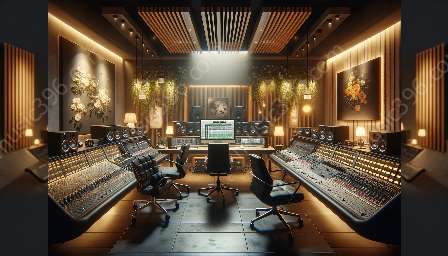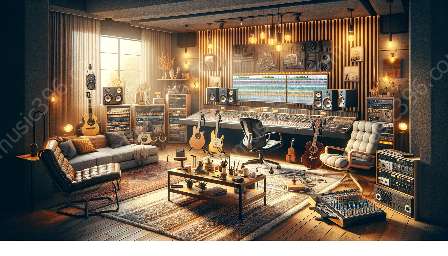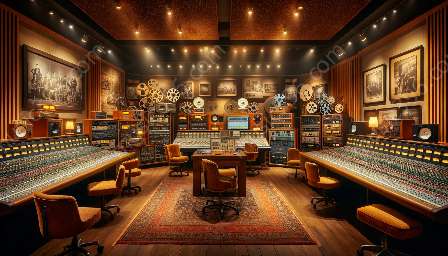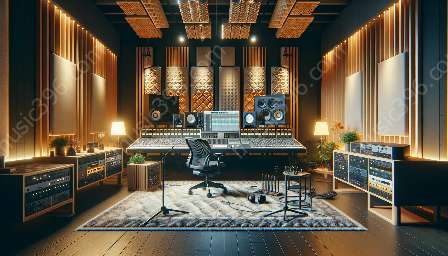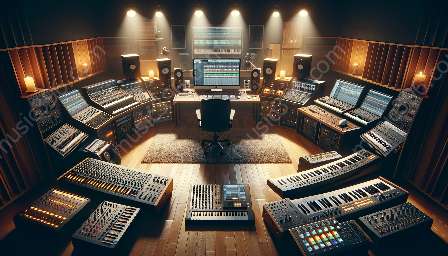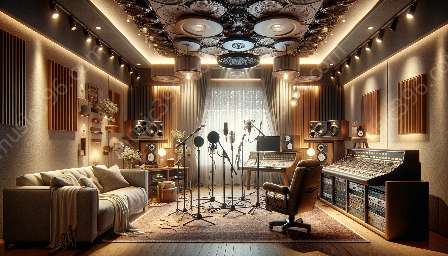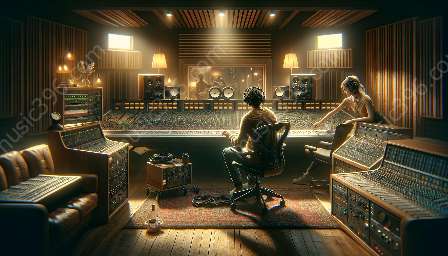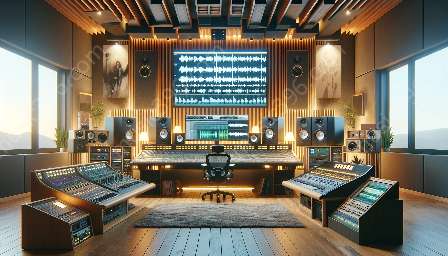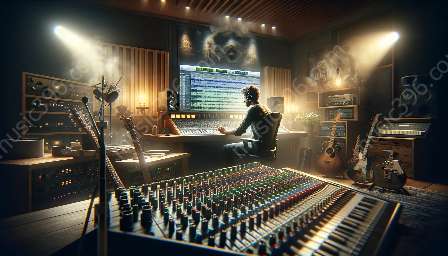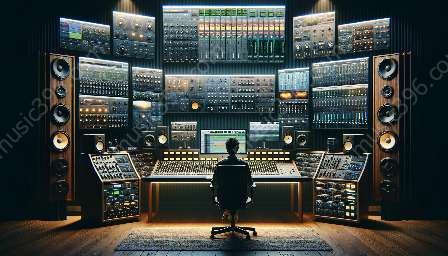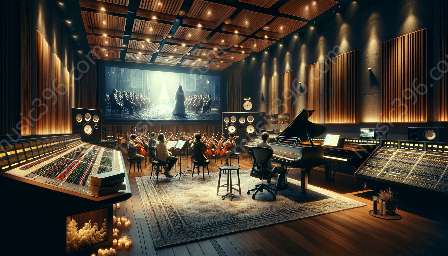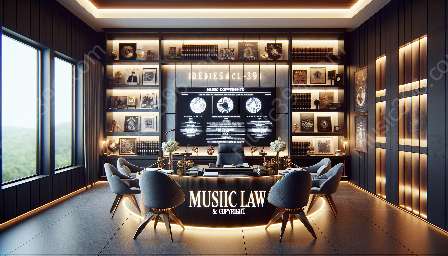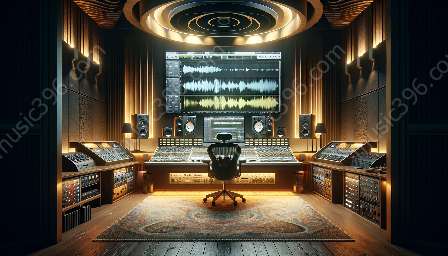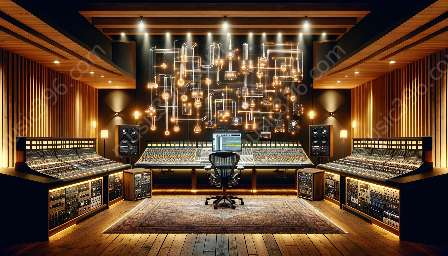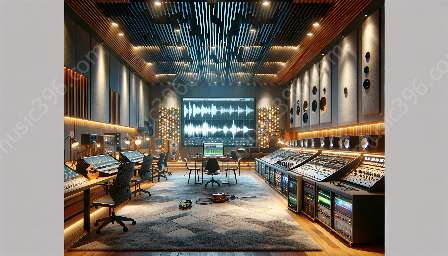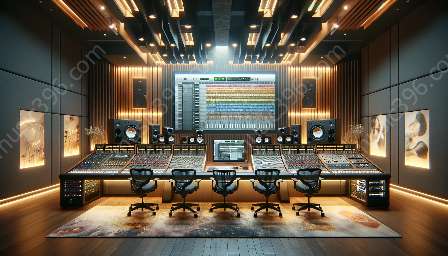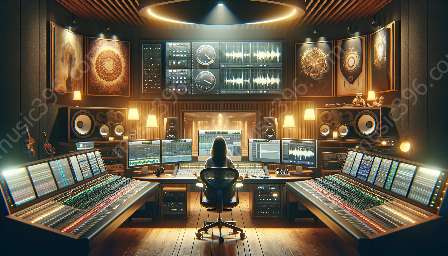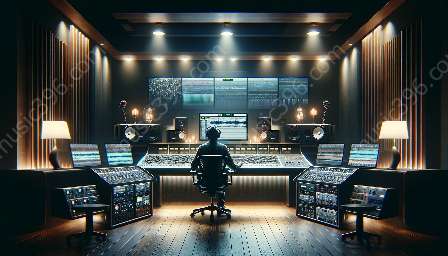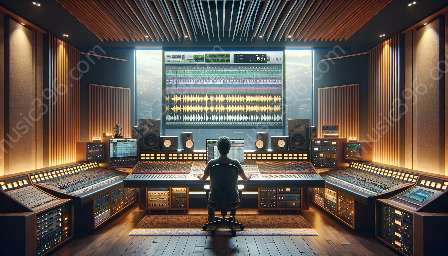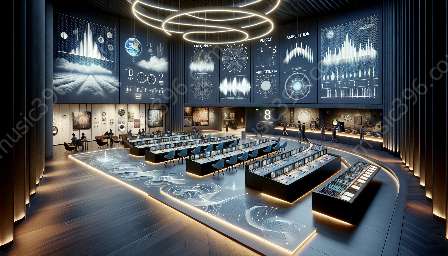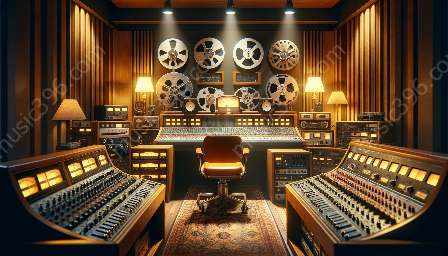Acoustics and sound engineering play a crucial role in shaping the perception of spatial audio. By understanding the science of sound and acoustics, as well as their relationship with music recording, we can unravel the mysteries behind how we experience audio in a spatial environment.
The Science of Sound and Acoustics
In order to comprehend the influence of acoustics and sound engineering on spatial audio perception, it's essential to delve into the science of sound and acoustics. Sound is a form of energy that travels through a medium, such as air, and is perceived by the human ear. It consists of waves of varying frequencies and amplitudes, which are interpreted by the brain to create our auditory experience. Acoustics, on the other hand, is the study of sound and its behavior in various environments. Understanding the fundamental principles of sound and acoustics is crucial in shaping our understanding of how spatial audio is perceived.
Music Recording and Spatial Audio
When it comes to music recording, the capture and reproduction of spatial audio are influenced by both acoustics and sound engineering. In a studio environment, the acoustics of the recording space, including its size, shape, and materials, can significantly impact the way sound is captured and transmitted. Sound engineering techniques, such as microphone placement, signal processing, and mixing, also play a vital role in shaping the spatial characteristics of recorded audio.
The Influence on Perception
Acoustics and sound engineering directly influence the perception of spatial audio by shaping the way sound behaves in a given environment. The science of sound and acoustics teaches us that the characteristics of a space, such as its reverberation, reflections, and absorption, can alter the way we perceive sound. Furthermore, sound engineering techniques can manipulate spatial audio through effects such as panning, spatialization, and ambience simulation, creating an immersive listening experience.
Immersive Technologies
The advancements in immersive technologies, such as binaural recording, surround sound, and 3D audio, have further highlighted the influence of acoustics and sound engineering on spatial audio perception. These technologies aim to replicate the way we perceive sound in real-world environments, utilizing principles of acoustics and sound engineering to create a convincing spatial audio experience.
Conclusion
Acoustics and sound engineering are essential components in shaping the perception of spatial audio. By understanding the science of sound and acoustics, as well as their relationship with music recording, we gain insights into how these elements work together to create a captivating auditory experience. Embracing the influence of acoustics and sound engineering in spatial audio perception allows us to appreciate the depth and richness of audio in a spatial context.



